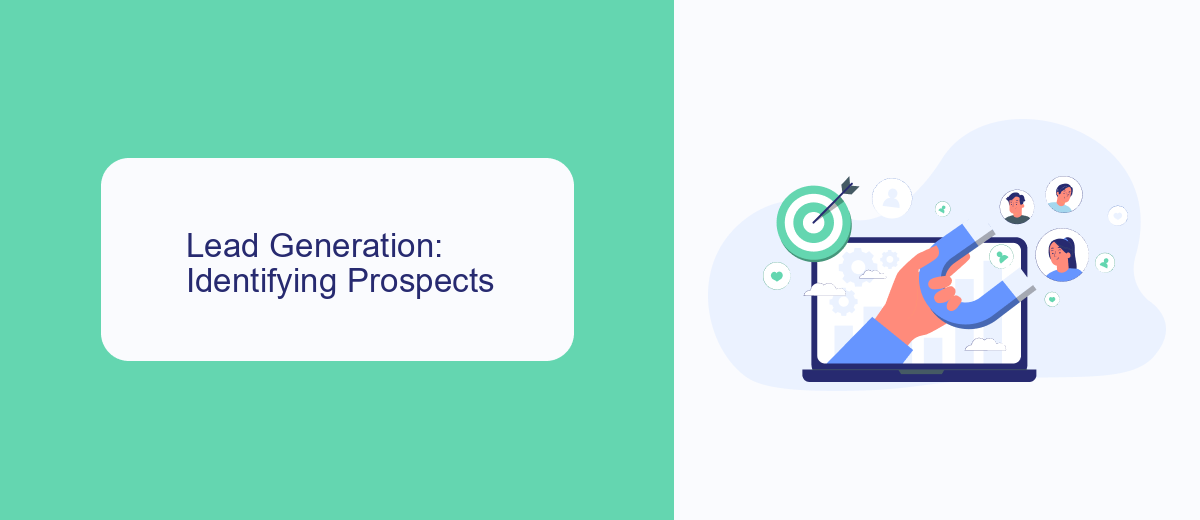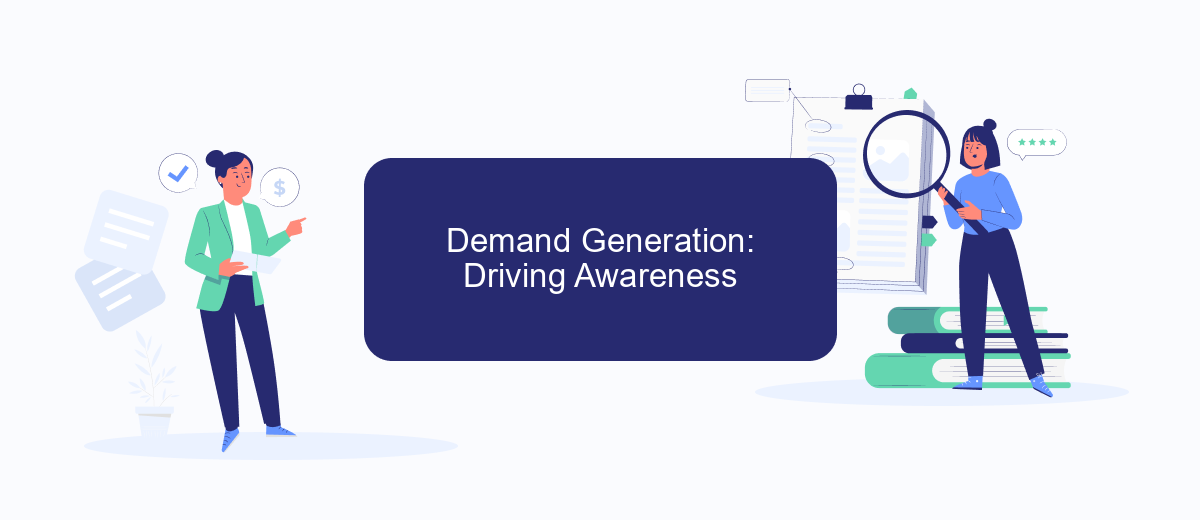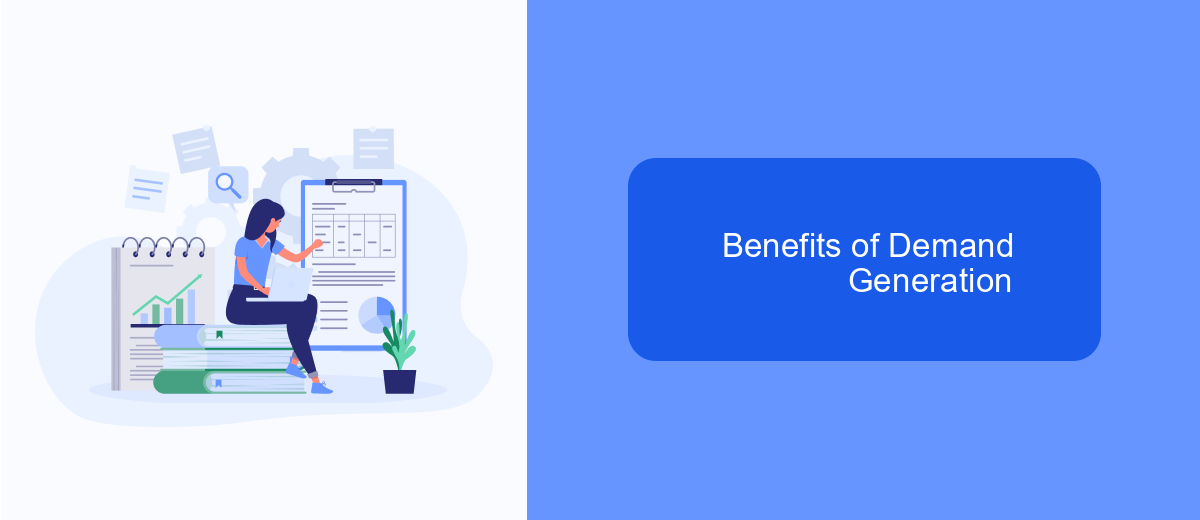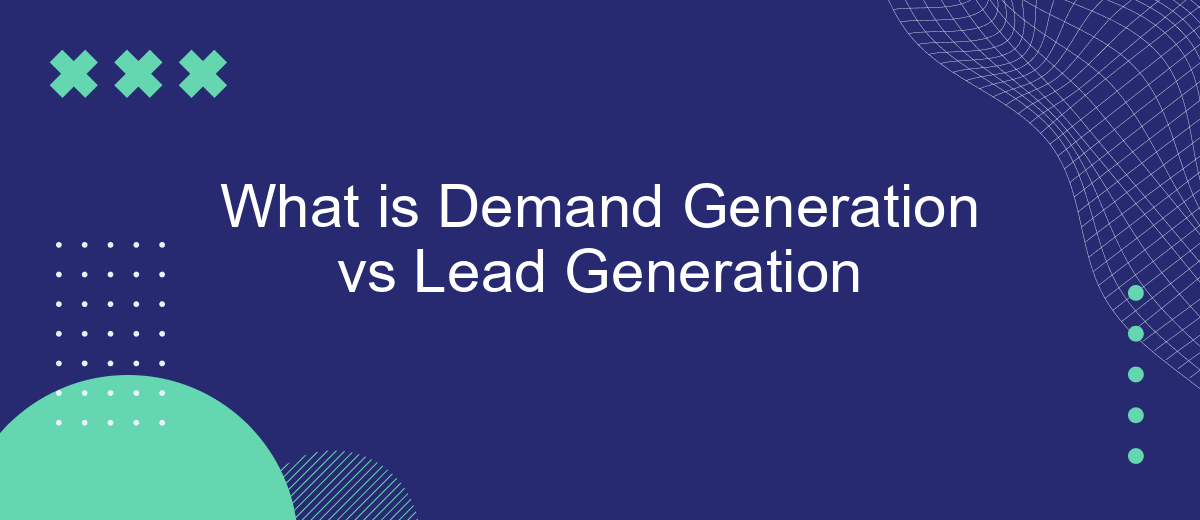In the ever-evolving landscape of digital marketing, understanding the distinction between demand generation and lead generation is crucial for crafting effective strategies. While both aim to drive business growth, they operate through different mechanisms and objectives. This article delves into the nuances of demand generation versus lead generation, helping you to optimize your marketing efforts and achieve your goals.
Demand Generation vs Lead Generation Defined
Demand generation and lead generation are two critical components of a successful marketing strategy, but they serve different purposes. Demand generation focuses on creating awareness and interest in your product or service, aiming to build a long-term relationship with potential customers. Lead generation, on the other hand, is centered on capturing contact information from interested prospects to convert them into sales leads.
- Demand Generation: Aims to educate and inform a broad audience.
- Lead Generation: Focuses on collecting data from potential customers.
- Demand Generation: Utilizes content marketing, social media, and SEO.
- Lead Generation: Employs tactics like email campaigns, gated content, and forms.
While demand generation builds a foundation of interest and trust, lead generation takes the next step by capturing actionable information. Integrating these strategies can be streamlined with tools like SaveMyLeads, which automates lead data collection and integration with your CRM, ensuring a seamless transition from interest to conversion.
Lead Generation: Identifying Prospects

Lead generation is the process of identifying potential customers, or leads, who have shown interest in your product or service. This process typically begins with various marketing strategies aimed at attracting attention and gathering information about prospects. These strategies can include content marketing, social media campaigns, email marketing, and search engine optimization (SEO). The goal is to collect contact details, such as email addresses and phone numbers, which can then be used to nurture these leads through the sales funnel.
Effective lead generation often involves the use of tools and services that streamline the collection and management of leads. One such service is SaveMyLeads, which automates the integration of different marketing platforms and CRM systems. By using SaveMyLeads, businesses can ensure that all lead information is captured accurately and efficiently, reducing the risk of lost data and improving the overall lead management process. This enables sales teams to focus more on engaging with prospects and converting them into loyal customers.
Demand Generation: Driving Awareness

Demand generation focuses on creating awareness and interest in your products or services. It’s about establishing your brand as a thought leader and building trust with your target audience. This process involves various strategies to attract potential customers and guide them through the buyer’s journey.
- Content Marketing: Create valuable, informative content that addresses the needs and pain points of your audience.
- Social Media Engagement: Use platforms like LinkedIn, Twitter, and Facebook to connect and interact with potential customers.
- Webinars and Events: Host online or in-person events to showcase your expertise and engage with your audience directly.
- Email Campaigns: Send targeted emails that provide useful information and keep your audience informed about your offerings.
- Integrations: Utilize services like SaveMyLeads to seamlessly integrate your marketing tools and streamline your demand generation efforts.
By focusing on demand generation, you can build a strong foundation of awareness and interest, which will ultimately lead to higher-quality leads and more successful conversions. This holistic approach ensures that your brand remains top-of-mind for potential customers and positions you as a trusted resource in your industry.
Benefits of Demand Generation

Demand generation is a vital component of a successful marketing strategy, as it focuses on creating awareness and interest in a company's products or services. By targeting potential customers early in their buying journey, businesses can build a strong foundation for future sales and long-term customer relationships.
One of the key benefits of demand generation is its ability to attract high-quality leads. By educating potential customers and addressing their pain points, companies can position themselves as industry leaders and trusted advisors. This not only increases the likelihood of conversion but also fosters brand loyalty.
- Increased brand awareness
- Higher quality leads
- Shortened sales cycles
- Improved customer engagement
- Enhanced data insights
Additionally, demand generation can be seamlessly integrated with lead generation efforts through tools like SaveMyLeads. This platform automates the process of capturing and nurturing leads, ensuring that no potential customer is overlooked. By leveraging such integrations, businesses can streamline their marketing efforts, ultimately driving more revenue and growth.
Benefits of Lead Generation
Lead generation offers numerous benefits for businesses looking to expand their customer base and increase revenue. By identifying and nurturing potential customers, companies can create a steady pipeline of qualified leads that are more likely to convert into paying customers. This targeted approach not only improves sales efficiency but also ensures that marketing efforts are directed towards individuals who have shown genuine interest in the product or service, thereby maximizing return on investment (ROI).
Additionally, lead generation allows businesses to gather valuable data and insights about their prospects. This information can be used to refine marketing strategies and personalize communication, making it easier to address the specific needs and preferences of potential customers. Integrating lead generation tools with platforms like SaveMyLeads can further streamline the process by automating lead capture and distribution, ensuring that no opportunity is missed. This seamless integration helps businesses save time and resources while maintaining a consistent and effective lead nurturing process.
FAQ
What is the main difference between Demand Generation and Lead Generation?
Which comes first, Demand Generation or Lead Generation?
How can I measure the effectiveness of my Demand Generation efforts?
What are some common tactics used in Lead Generation?
Can automation tools help in integrating Demand Generation and Lead Generation efforts?
Use the SaveMyLeads service to improve the speed and quality of your Facebook lead processing. You do not need to regularly check the advertising account and download the CSV file. Get leads quickly and in a convenient format. Using the SML online connector, you can set up automatic transfer of leads from Facebook to various services: CRM systems, instant messengers, task managers, email services, etc. Automate the data transfer process, save time and improve customer service.
